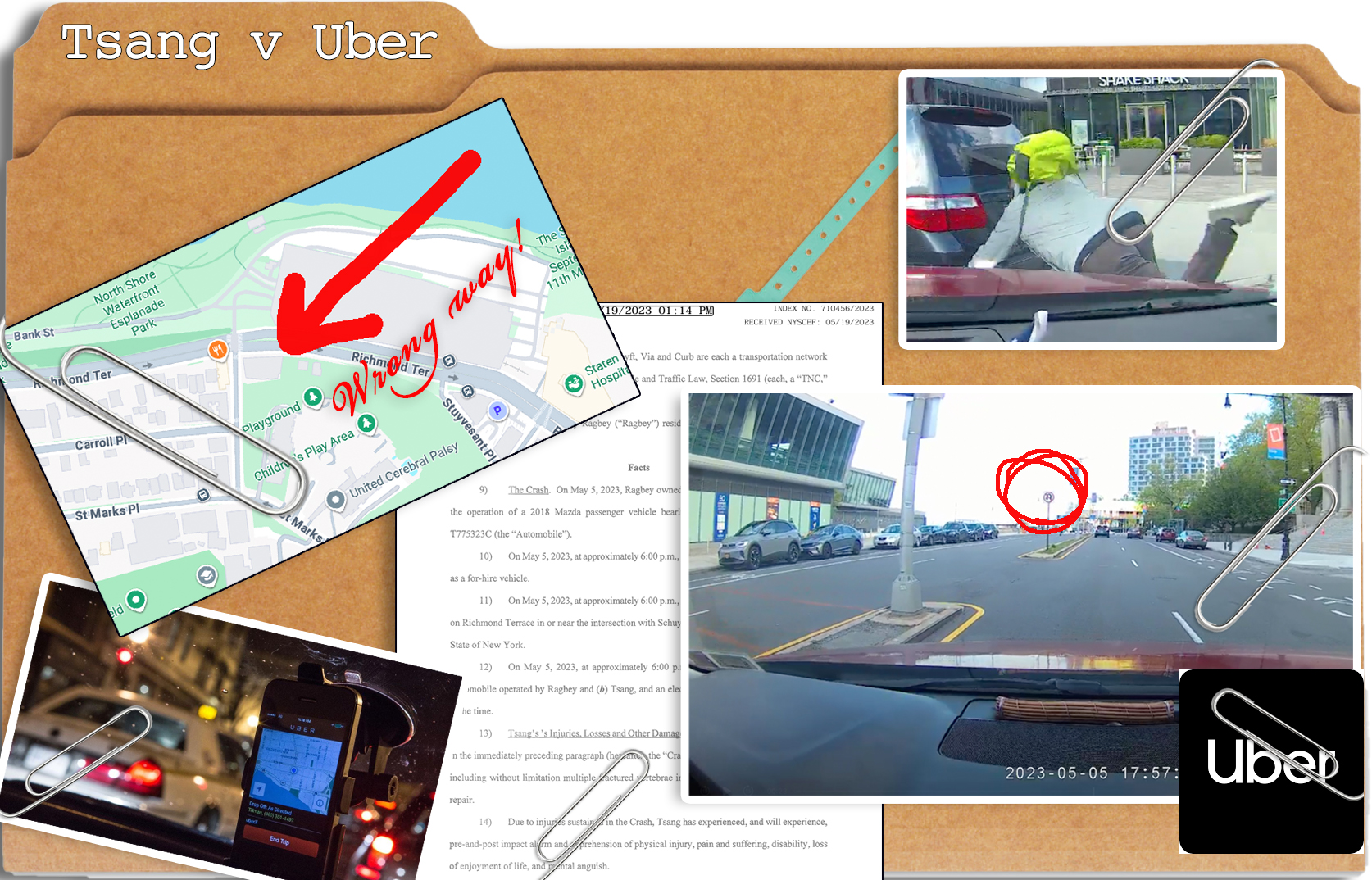City officials in Philadelphia have been hard at work creating a new zoning code for the city. Among the stronger elements is the removal of parking minimums downtown and in many residential neighborhoods -- a common-sense reform that will make housing more affordable and curb powerful incentives to own and drive a car.
But some members of the City Council object to the new code and want to preserve the wasteful, traffic-inducing status quo. They've introduced an amendment that would bring back parking minimums.
Artificially inflating the amount of land reserved for parking would be bad for the city in a litany of ways, writes Ashley Hahn at Network blog Plan Philly:
Design-wise we’ve seen the silent streetscapes born out of parking requirements: entire blocks fronted by first floor garages – a move that neighborhoods like Queen Village (an RM-1 district) have actively tried to curb. A steady diet of lifeless, dead-eyed buildings leads to a boring pedestrian environment – no variety, no stoop culture, no snooping, no window shopping – just bland repetition along one big curb cut. A boring streetscape, coupled with decreasing density, creates places where people don’t want to walk (and sometimes feel less safe) or areas where uses are too spread out to make walking trips worthwhile. Hardly the kind of robust, dense, varied urban environment that these districts aim to accommodate. Plus, walkability and density have real value: as a recent study [pdf] by the Congress for New Urbanism confirmed, Philly’s walkable neighborhoods have held their property values better than auto-centric suburbs.
Elsewhere on the Network today: Carfree Baltimore offers some hard numbers showing that the city's car use is tapering off, while bicycling grows. Spacing Toronto "honors" the electeds who supported the removal of the the Jarvis Street bike lane. And NRDC's Switchboard blog explains the new collaborative infrastructure program West Coast cities are participating in.






